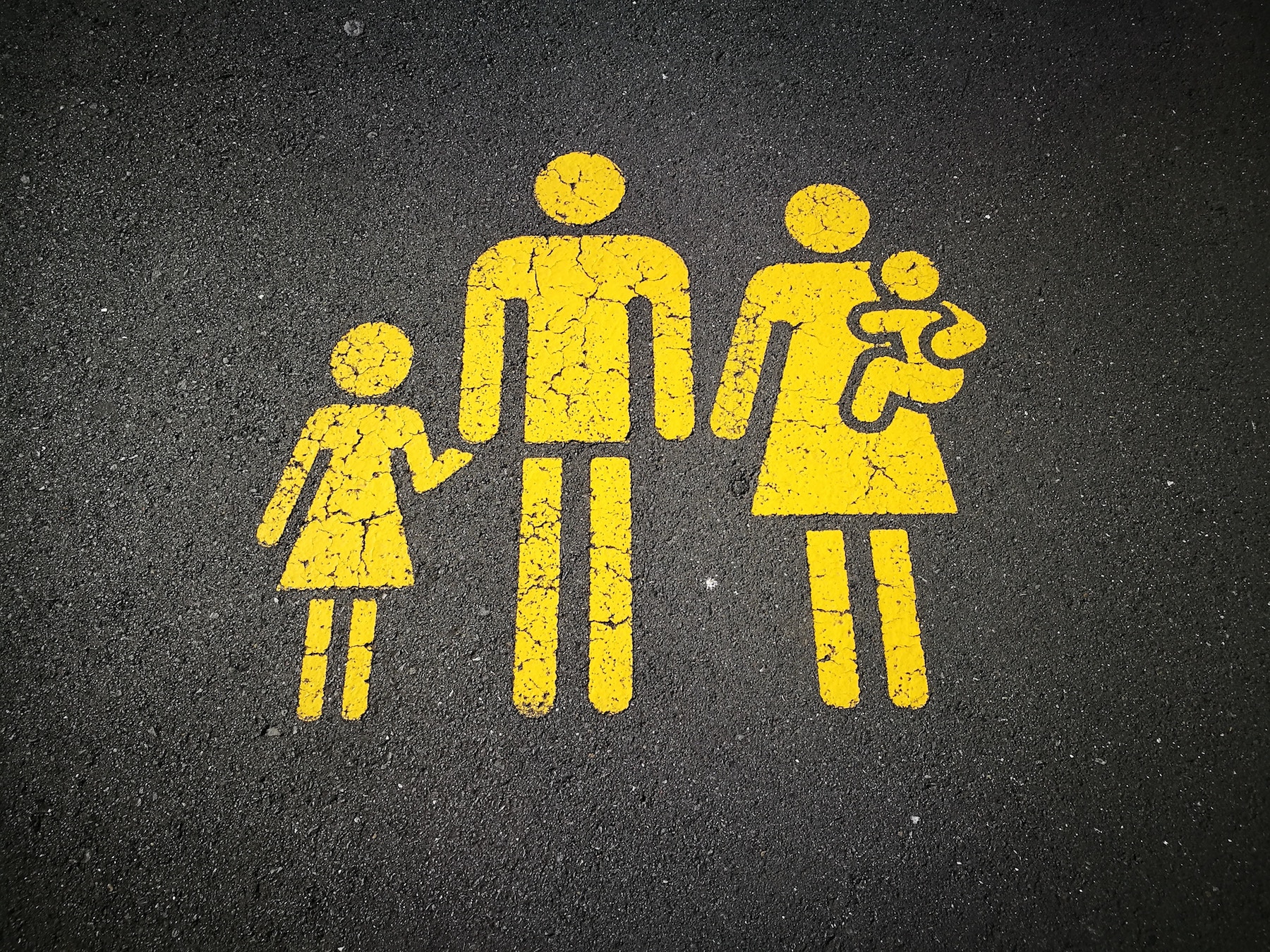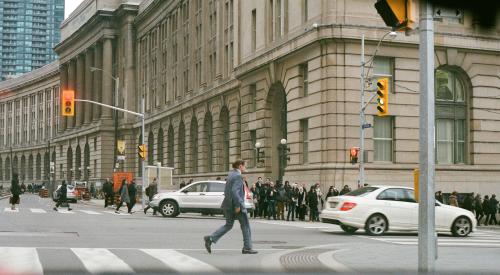New metro analysis based on Census data studies how families with and without children sort and are segregated in urban and suburban areas, and how this impacts income segregation more broadly.
The study by sociologist and social inequality expert Ann Owens of the University of Southern California, part of the forthcoming Handbook on Urban Segregation, tracks data on core cities and suburbs from 1990 to 2014, CityLab reports. Finds Owens, "households with and without children became less segregated and the city-suburban divide in their location weakened over time." As well, "Income segregation is higher and increased more among households with children, and high- and low-income parents are increasingly separating across municipalities. However, high- and low-income households with children are segregating more between suburbs, not between cities and suburbs."
In the typical stereotype, suburbs with big homes, large backyards, and “good” schools are the place for families with kids. Meanwhile, urban centers are home to young singles and empty nesters. This sorting of families—by those with or without children—has only accelerated in recent years with the back-to-the-city movement.
The result, according to a growing chorus of urbanists, is a “great inversion” of a long-running pattern of rich suburbs and poor urban areas: Now, as the affluent have gentrified urban centers, the less advantaged are pushed out to increasingly distressed suburbs. Worse, according to some, expensive cities like San Francisco and New York are becoming increasingly childless, because young families can no longer afford to live there.












